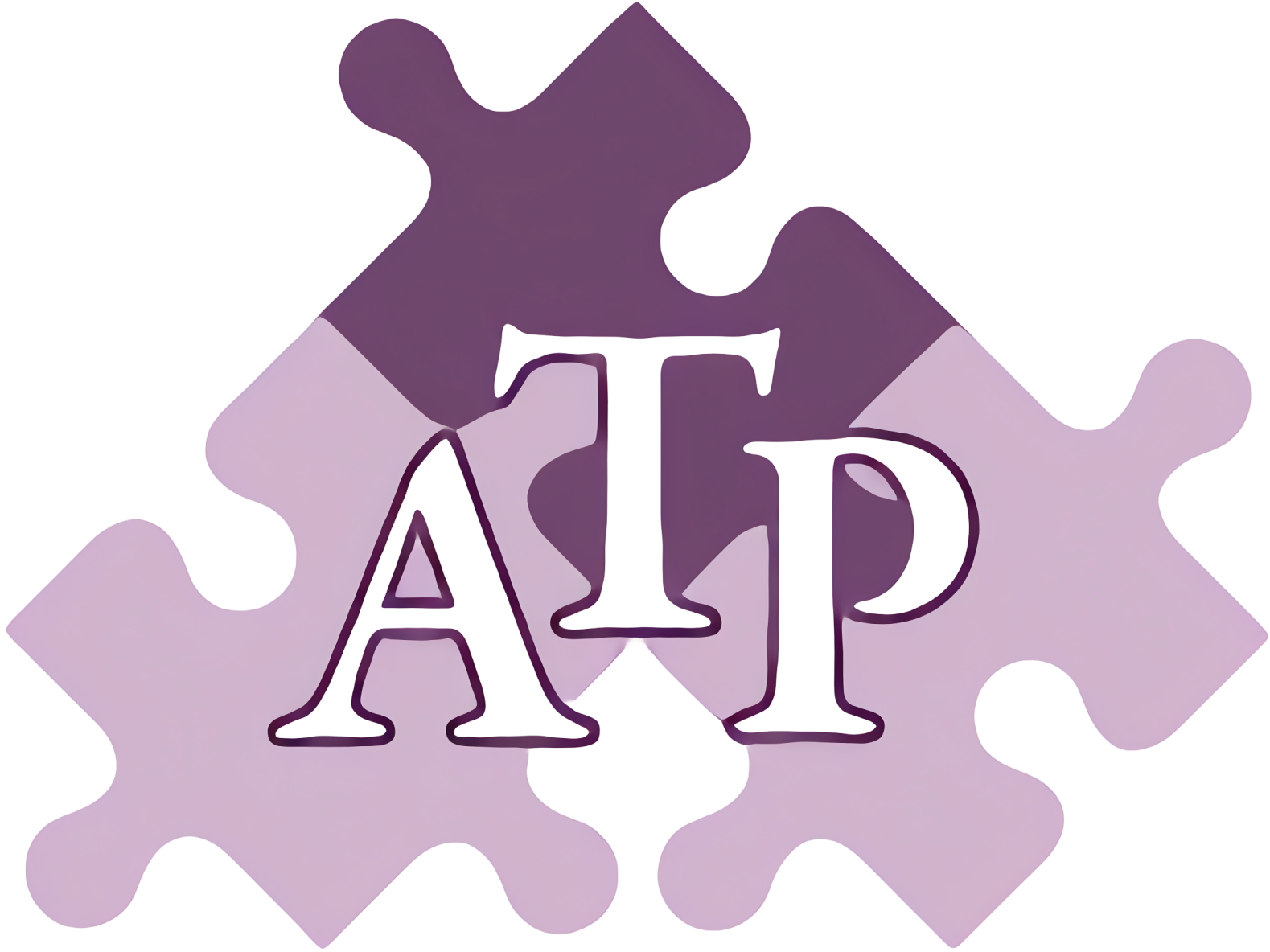Speech, Language and Swallowing Disorders in Adults
Speech Disorders
Apraxia of speech, also known as Verbal Apraxia or Dyspraxia, is a motor speech disorder caused by damage to the areas of the brain that control speaking. People who have apraxia have trouble saying what he or she wants to say correctly and consistently. It is not due to weakness or paralysis of the speech muscles.
The severity of apraxia depends on the nature of the brain damage, and may also occur with dysarthria (muscle weakness affecting speech production)
Dysarthria is a motor speech disorder in which the muscles of the mouth, face, and respiratory system may become weak, slow-moving, or not move at all. This is often the result of a stroke or other such brain injury. The type and severity of dysarthria depends on the area of the nervous system that is affected.
Patients with dysarthria may experience various symptoms including: slurred speech, limited tongue, lip and/or jaw movement, changes in vocal quality (hypernasality) and chewing and swallowing difficulty.
A speech-language pathologist determines the nature and severity of the problem and whether or not the patient’s speech problems are caused by dysarthria, apraxia, or both.

Voice Disorders
Introduction to Voice Disorders
Voice disorders can have several different causes. Vocal abuse, vocal cord nodules and polyps, contact ulcers, vocal cord paralysis, paradoxical vocal fold movement (PVFM), and spasmodic dysphonia can often produce voice disorders.
Voice disorders can have several different etiologies: functional, organic or neurological. Symptoms of voice disorders may include hoarseness, a “rough” or “scratchy” voice, shooting pain from ear to ear, excessive throat clearing, wheezing or difficulty breathing, tight or groaning voice and period of aphonia (no voice).

Language Disorders
Aphasia
Aphasia is a disorder that results from damage to the languages parts of the brain. It may cause problems with speaking, listening, reading, and writing.
Signs and symptoms of aphasia include impaired expression and understanding of language (spoken language problems), difficulties with reading and writing (written language problems) or all of these. Aphasia may be mild or severe, depending on the location and extent of brain damage.
Patients with aphasia may also have other problems, such as dysarthria, apraxia or swallowing difficulties.
Swallowing Disorders
Dysphagia
Dysphagia means difficulty swallowing and can occur at various stages of the swallowing process: the oral phase (moving food or liquid into the throat), the pharyngeal phase (swallowing reflex), or the esophageal phase (squeezing food through the esophagus into the stomach). Swallowing disorders can result from several diseases, conditions, or surgical interventions.
Signs and symptoms of dysphagia include: coughing or choking while eating, hypersensitivity to certain textures of food, wet vocal quality and/or weight loss. Patients with dysphagia have a higher risk of poor nutrition, dehydration and/or aspiration (food entering airway/lungs), which may result in serious illness (aspiration pneumonia).
Contact Ulcers may result secondary to hard glottal attack, irritation as result of gastric reflux and/or intubation for surgery.
Paradoxical Vocal Fold Movement (PVFM) is a voice disorder in which the vocal cords close when they should be open (such as when breathing). PVFM can lead to wheezing and difficulty breathing and as a result can often be confused with asthma. Symptoms vary greatly between people, as episodes are not predictable.
Spasmodic Dysphonia is a chronic voice disorder in which movement of the vocal cords is forced and strained. This results in a hoarse, tight, or groaning voice. Vocal interruptions, periods with no sound (aphonia), and periods of normal voice can also occur. This disorder is characterized by involuntary movements of the muscles in the voice box. Symptoms may be mild and occasional before worsening and becoming more frequent. Stress and fatigue can aggravate the symptoms.
Vocal cord nodules are non-cancerous growths on both vocal cords that result from vocal abuse. Over time, repeated vocal abuse creates soft, swollen spots on the vocal cords, which later develops into harder, callous-like growths called nodules. Vocal cord polyps are created in a similar way, but are more like blisters.
Nodules and polyps can cause similar symptoms, some of which include: hoarseness, a “rough” or scratchy voice, shooting pain from ear to ear, and/or a “lump in the throat” sensation.
Vocal Cord Paralysis occurs when one or both vocal cords are unable to move. This results in voice problems and possibly breathing and swallowing problems. There are two types of vocal cord paralysis: bilateral and unilateral. Bilateral vocal cord paralysis involves both vocal cords becoming stuck halfway open and closed (paramedian position) and not moving either way. Unilateral vocal cord paralysis occurs when only one side is paralyzed in the paramedian position, or has very limited movement.
The severity of voice and swallowing problems is dependent upon the location of the nerve damage. Typical symptoms include: breathy voice, inability to speak loudly, and/or voicing that lasts for a very short time (1 second).
